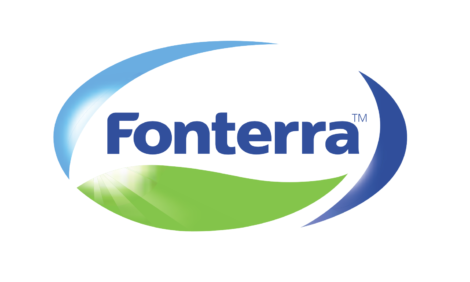



Rising Costs Keep Herd Expansion at Bay
US - Historically high calf prices and improved forage conditions in some key production areas sound like the right ingredients for an expanded U.S. cattle herd, but producers so far have resisted.“We’ve had nine years of positive returns for cow-calf producers,” said Kansas State University agricultural economist James Mintert. “That suggests we should be expanding beef cow herds, but economic incentives are not as strong as you’d think.”
Mintert, who is the K-State Research and Extension state leader in agricultural economics, said rising costs of production are curbing producers’ interest in growing their herds.
He, along with K-State agricultural economist Rodney Jones, spoke at K-State’s Risk and Profit Conference Aug. 16-17. They cited recent survey information that indicated that lease rates on summer pasture in Kansas have climbed 16 percent in the past five years. Interaction with producers shows that in many cases, rates have increased faster than that, the economists said.
Reduced forage options stemming from several years of drought in recent years have been largely responsible for holding back beef cow herd expansion, Mintert said. The weather situation has now improved in some important cattle areas, including Kansas, but worsened in others.
Surging corn prices are another “input” that have made cattle producers reluctant to expand herds, Jones said.
“In past years when corn prices have spiked, they would only stay up for a few months at most – not long enough to influence forage program prices significantly,” he said. That situation has changed, with corn prices holding strong because of demand for corn from ethanol producers, livestock feeders and export markets.
Corn demand will ultimately impact grazing rates as corn growers are pressured to put pastureland into crop production, and as there is increased demand for forage-based production systems, Jones said.
Kansas corn prices in mid-July averaged $3.46 a bushel, down $0.38 from a month earlier, but up $1.11 from mid-July 2006, according to the Kansas Agricultural Statistics Service.
In addition to rising costs of feeding cattle, be it on pasture or on feed, cattle producers are also facing higher fuel and utility costs, just like the rest of the nation.
Based on current data and with no immediate relief in sight for high fuel prices, Jones and Mintert said they expect little to no expansion of the U.S. cow herd in the near term.
“A sound management information system is more important than ever for cow-calf producers,” Jones said.
TheCattleSite News Desk


